[最も選択された] if p q=p-q then angle between p and q is 274157-If p+q=p-q then angle between p and q is

The Resultant Of Two Forces P And Q Is R If The Direction Of P Is Reversed Keeping The Direction Q The Same The Resultant Remains Unaltered The Angle Between P And
R between Q and S;Algebra questions and answers If p (x) and q (x) are arbitrary polynomials of degree at most 2, then the mapping =p (3)q (3) p (0)q (0) p (1)q (1) defines an inner product in P3 Use this inner product to find , P, q, and the angle 8 between p (x) and q (x) for p (x) = 4x2 1 and 7 (x) = 3x2 – 2x = =
If p+q=p-q then angle between p and q is
If p+q=p-q then angle between p and q is-Q&a Wo Q&a Wer Two coins are tossed simultaneously at random find the probability of getting two heads Text SolutionAnswer DSolution All possible outcomes are HH,HT,TH,TT Explanation Given, → P → Q = → R So, we can write, ∣∣ ∣→ R ∣∣ ∣ = √P 2 Q2 2P Qcosθ ,where θ is the angle between the two vectors Or, R2 = P 2 Q2 2P Qcosθ Given, P 2 Q2 = R2 So, R2 = R2 2P Qcosθ Or, 2P Qcosθ = 0
2
Example 213 p_q!r Discussion One of the important techniques used in proving theorems is to replace, or sub However, if pis true and qis false, then p^qwill be true Hence this case is not possible Case 2 Suppose (p!q) is false and p^qis true p^qis true only if pis true and qis false But in this case, (p!q) will be true So If vector (PQ) = PQ, then the angles between vector P and vector Q is (a) 45° (b) 30° (c) 60° (d) 0°Have you registered for the PREJEE MAIN PREAIPMT 16?
6 In classical propositional logic, "if P then Q" is equivalent to "not P or Q" and to "not (P and not Q) and to "P only if Q" 'Unless' is taken to be equivalent to the inclusive 'or' So in your two examples, "if P then Q" is not equivalent to "P unless Q" nor is it equivalent to "P or not Q" In classical logic this kind of conditional isCalculate the magnitude of resultant and the angle made by resultant with 6N force Solution Let P and Q be two forces wih magnitude 6N and 10N respectively and θ be angle between them Let R be the resultant force So, P = 6N, Q = 10N and θ = 60° We have, which is the required magnitude Let ø be the angle between P and R Then, If P, then Q Thread starter Omid;
If p+q=p-q then angle between p and q isのギャラリー
各画像をクリックすると、ダウンロードまたは拡大表示できます
 |  |  |
 |  |  |
 |  | |
「If p+q=p-q then angle between p and q is」の画像ギャラリー、詳細は各画像をクリックしてください。
 |  | |
 |  | |
「If p+q=p-q then angle between p and q is」の画像ギャラリー、詳細は各画像をクリックしてください。
 |  | 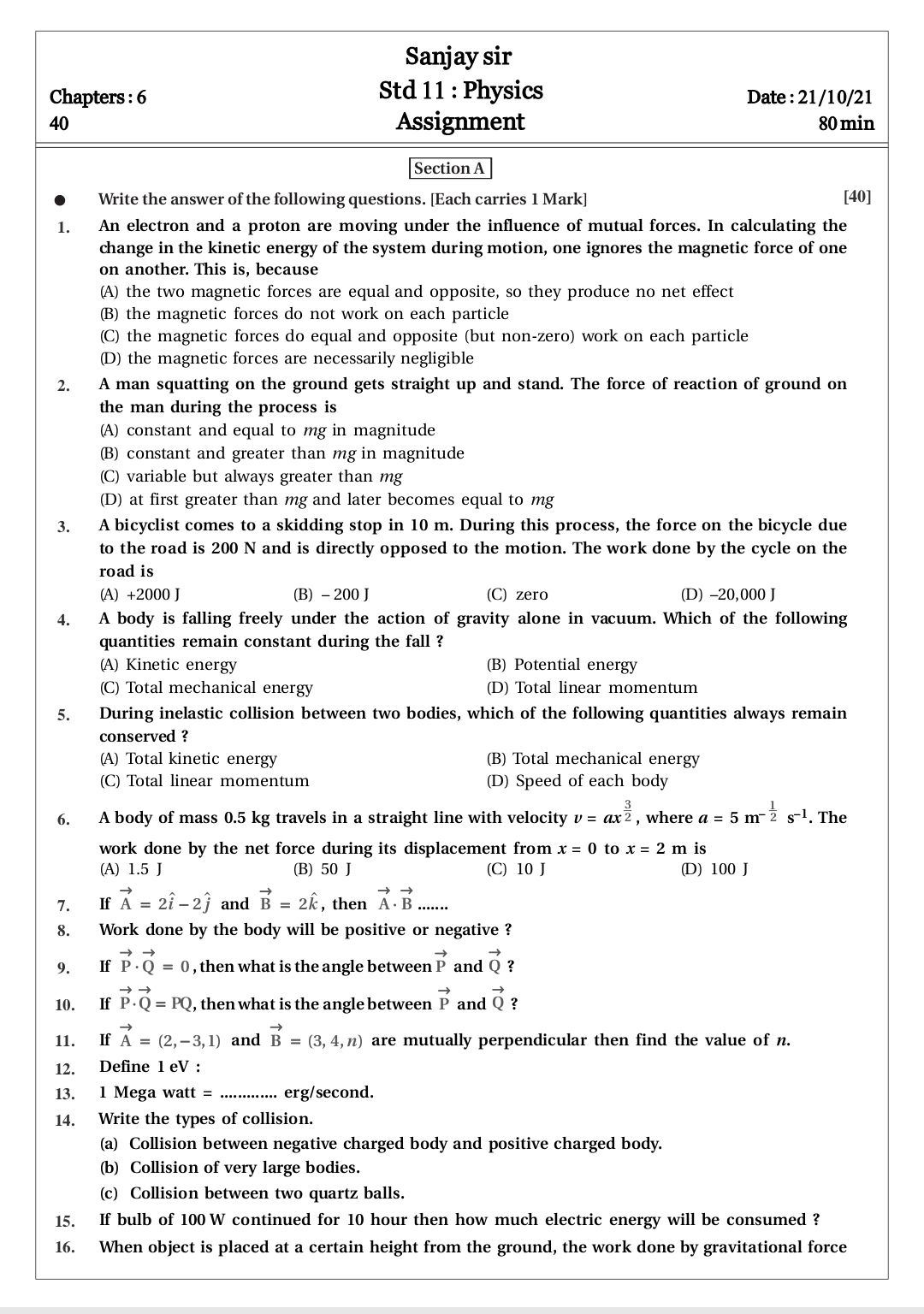 |
 |  |  |
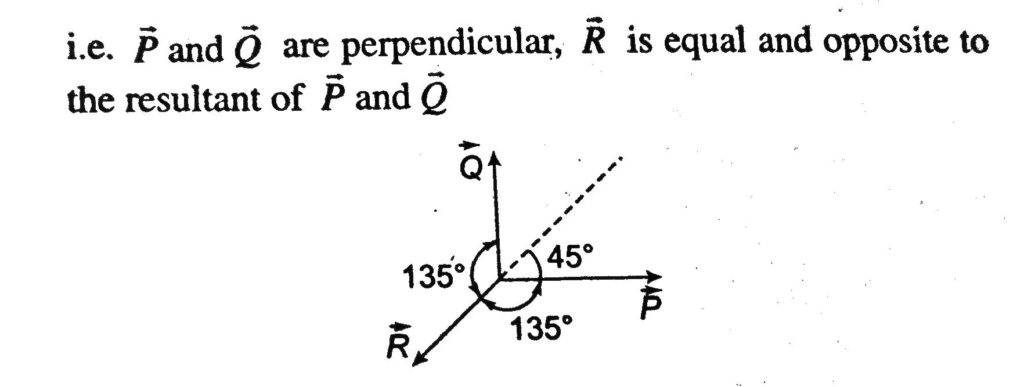 |  | |
「If p+q=p-q then angle between p and q is」の画像ギャラリー、詳細は各画像をクリックしてください。
 |  | |
 | ||
 |  |  |
「If p+q=p-q then angle between p and q is」の画像ギャラリー、詳細は各画像をクリックしてください。
 | ||
 |  | |
 | 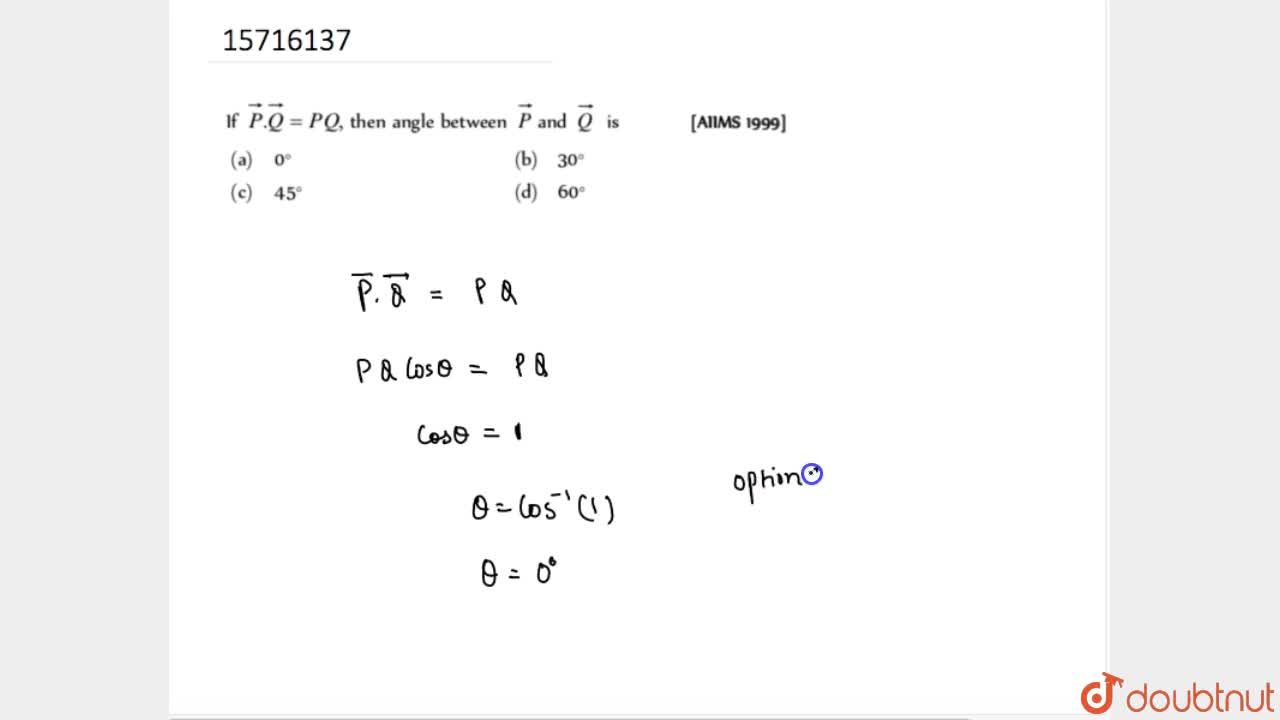 | |
「If p+q=p-q then angle between p and q is」の画像ギャラリー、詳細は各画像をクリックしてください。
 |  |  |
 |  | |
 |  |  |
「If p+q=p-q then angle between p and q is」の画像ギャラリー、詳細は各画像をクリックしてください。
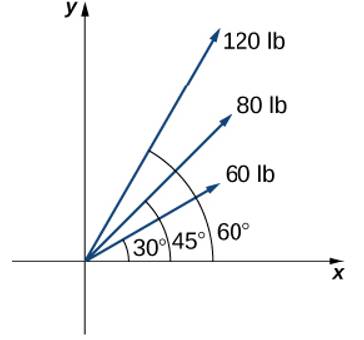 | 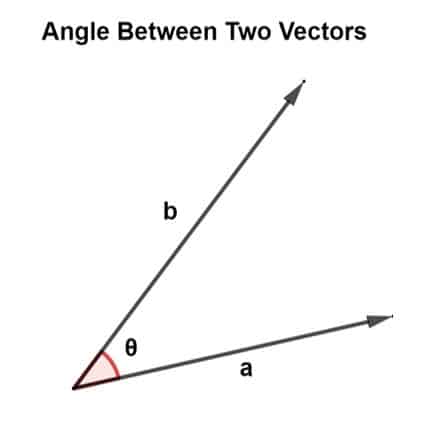 | |
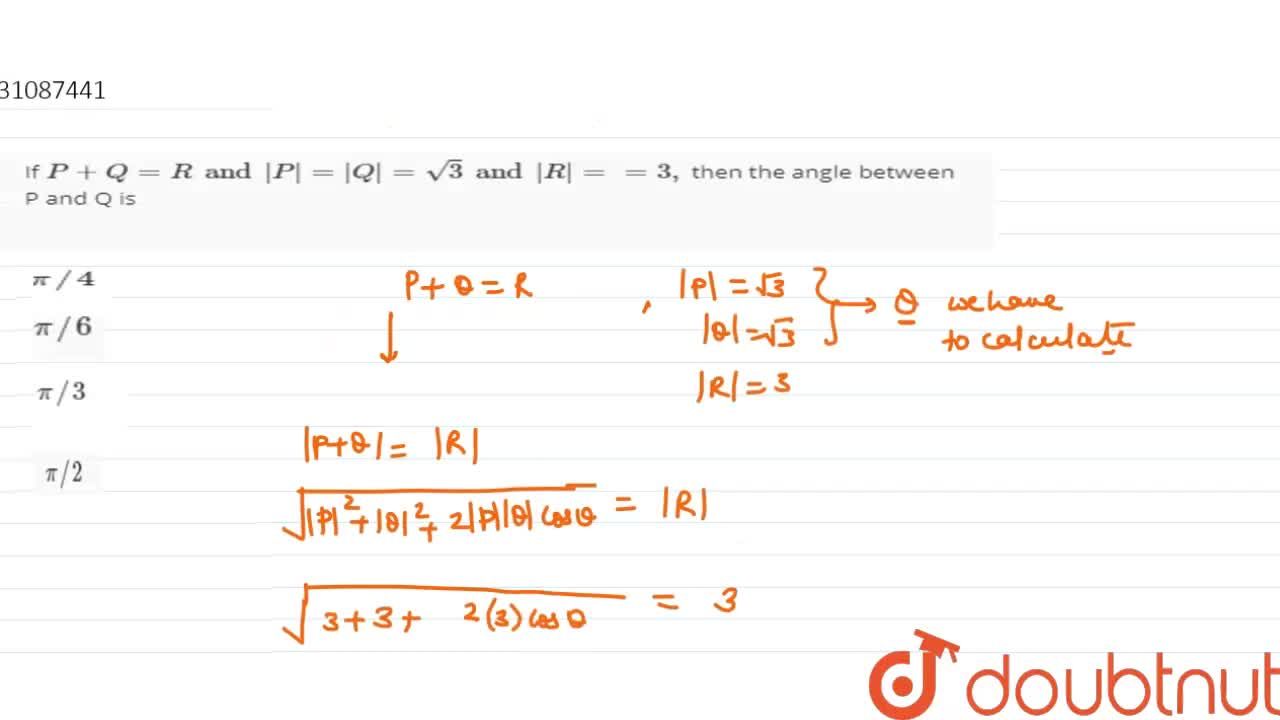 |  | |
 |  |  |
「If p+q=p-q then angle between p and q is」の画像ギャラリー、詳細は各画像をクリックしてください。
 |  | |
 |  | |
 | ||
「If p+q=p-q then angle between p and q is」の画像ギャラリー、詳細は各画像をクリックしてください。
 |  | |
 | ||
 |  | |
「If p+q=p-q then angle between p and q is」の画像ギャラリー、詳細は各画像をクリックしてください。
 |  |  |
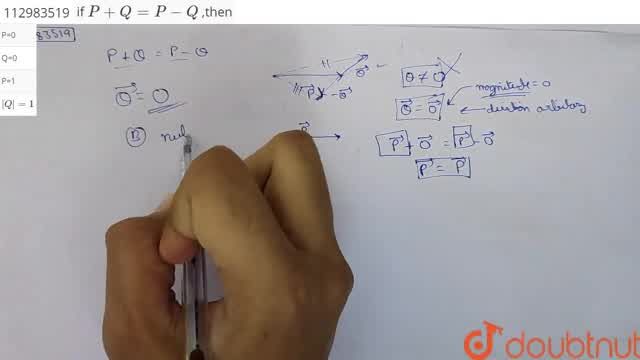 |  |  |
 | ||
「If p+q=p-q then angle between p and q is」の画像ギャラリー、詳細は各画像をクリックしてください。
 |  |  |
 |  |  |
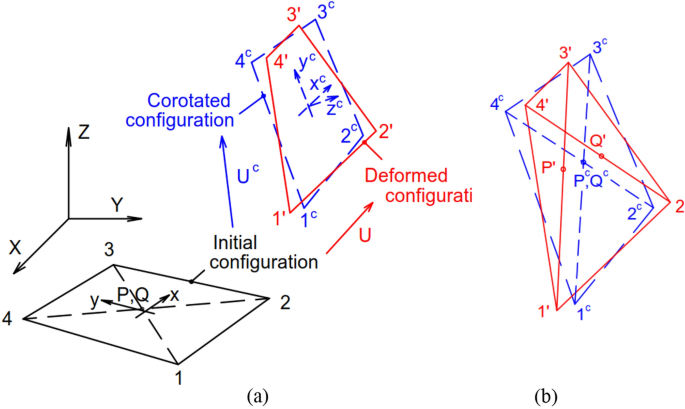 |
The correct option is B cos − 1 (− P Q) Let → R be the resultant vector and α be the angle between → R and → P Using formula, tan α = b sin θ a b cos θ tan 90 = Q sin θ P Q cos θ ⇒ P Q cos θ = 0 cos θ = − P Q θ = cos − 1 (− P Q) 1 Answer Sorted by 1 I am assuming that p, q ≠ 0 Let θ be the angle between p and q Since ‖ p × q ‖ = ‖ p ‖ ‖ q ‖ sin θ and p q = ‖ p ‖ ‖ q ‖ cos θ, the angle is such that sin θ = cos θ Since θ ∈ 0, π, the only possible value of θ is π 4 Share
Incoming Term: if p+q=p-q then angle between p and q is,
コメント
コメントを投稿